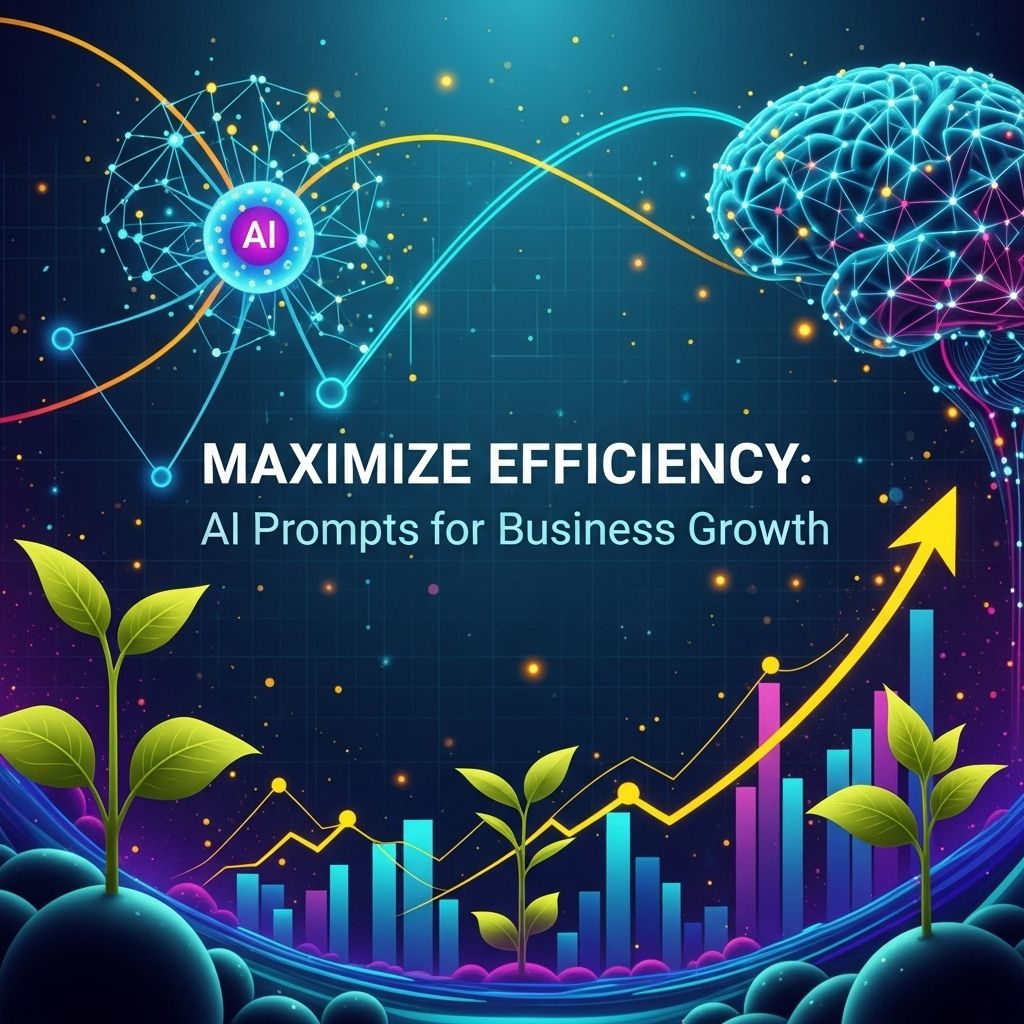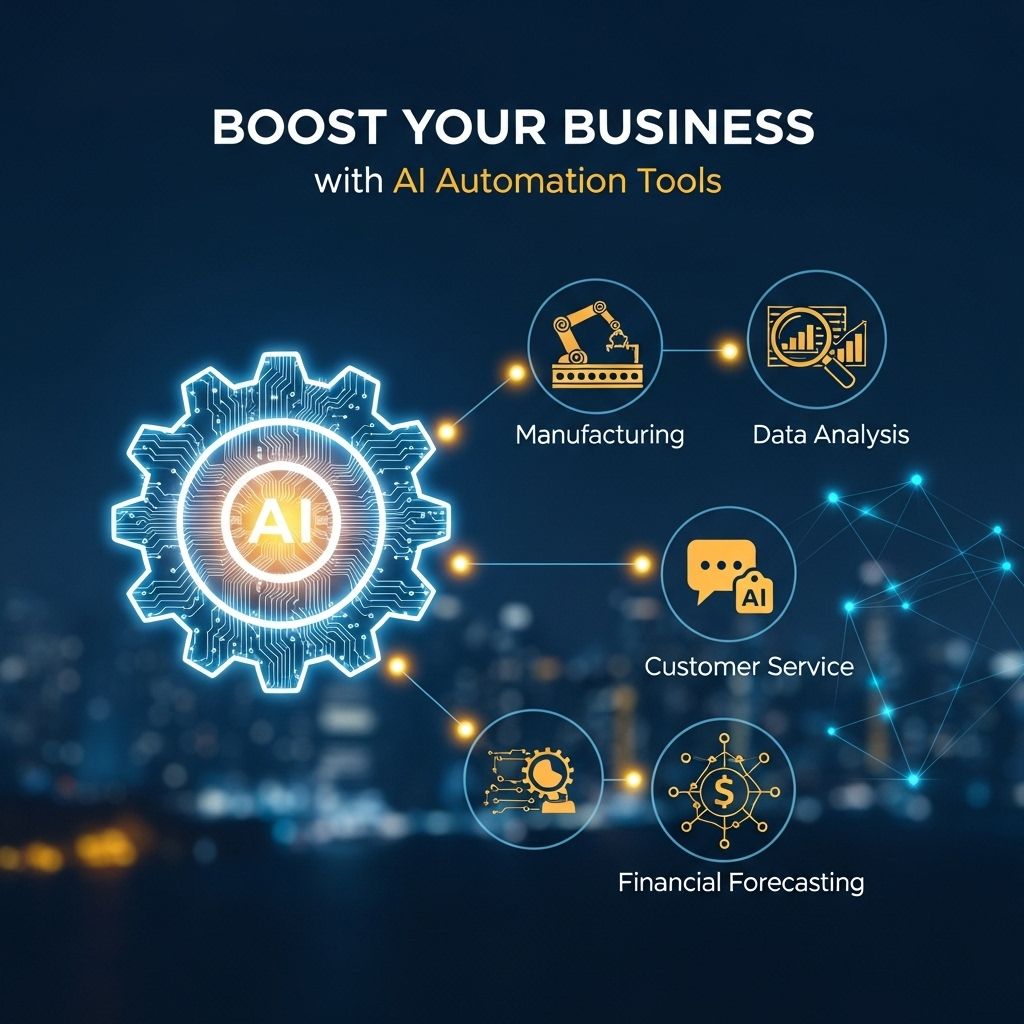In an era driven by digital transformation and the increasing demand for efficiency, enterprises are constantly seeking innovative solutions to streamline operations. One such solution gaining immense traction is speech-to-text transcription technology. This tool not only enhances productivity but also unlocks new opportunities for data utilization, communication, and accessibility. In this article, we will explore the multifaceted benefits of implementing speech-to-text solutions within enterprises, examining their applications across various industries and highlighting why they are becoming essential in today’s fast-paced business environment.
The Rise of Speech-to-Text Technology
Speech-to-text technology has evolved significantly over the last decade. Once seen as a novelty, these tools now feature advanced machine learning algorithms that can accurately transcribe spoken words into written text in real time. The following factors contribute to the growing adoption of this technology:
- Advancements in AI and NLP: Artificial Intelligence (AI) and Natural Language Processing (NLP) have made transcription services more precise and accessible.
- Cost-Effectiveness: With the affordability of cloud-based solutions, businesses can now leverage transcription services without hefty investments.
- Improved Accessibility: Transcription promotes inclusivity in workplaces, allowing employees with hearing impairments to engage fully.
Use Cases Across Industries
1. Healthcare
In the healthcare sector, accurate documentation is crucial. Speech-to-text technology can vastly improve the efficiency of medical professionals. Here are some of its key applications:
- Patient Documentation: Physicians can dictate notes and patient histories directly into electronic health records (EHR), saving time and reducing administrative burdens.
- Creation of Medical Reports: Specialists can generate detailed reports quickly, ensuring accuracy and timely patient care.
- Telemedicine: During virtual consultations, transcription can provide written records of discussions for better follow-up.
2. Legal Industry
In law firms, precision and documentation are paramount. Speech-to-text solutions can streamline legal processes:
- Transcribing Court Hearings: Accurately capturing testimonies and court proceedings for further analysis.
- Document Drafting: Lawyers can dictate briefs, motions, and other legal documents, reducing time spent on manual typing.
- Client Communication: Meetings can be transcribed for clarity and reference in ongoing cases.
3. Education
Educators and students alike can benefit from transcription technology:
- Lecture Transcriptions: Students can receive accurate transcripts of lectures, enhancing their study materials.
- Creating Accessible Learning Materials: Transcriptions make course content accessible to students with disabilities.
- Research Record-Keeping: Researchers can record discussions and transcribe them for accurate reporting.
Key Benefits of Speech-to-Text Transcription
Enhanced Productivity
One of the most significant advantages of speech-to-text technology is its ability to boost productivity. By eliminating the need for manual typing, employees can focus on core tasks:
- Faster Documentation: Important meetings and discussions can be documented in real-time.
- Reduction in Errors: Voice recognition technology minimizes the risk of typographical errors.
- Increased Collaboration: Teams can share insights from meetings instantly without waiting for written summaries.
Data Utilization and Insights
Transcription services allow businesses to capture valuable information that can be analyzed for decision-making:
| Data Type | Usage |
|---|---|
| Customer Feedback | Analyze consumer sentiment from call recordings. |
| Meeting Notes | Identify key action items and responsibilities. |
| Training Sessions | Evaluate the effectiveness of training through participant feedback. |
Improved Communication
Effective communication is vital in any organization. Speech-to-text transcription can help bridge communication gaps:
- Clear Records: Written transcripts provide clear and concise records of conversations.
- Language Accessibility: Transcription can support multiple languages, allowing global teams to communicate effectively.
- Follow-Ups: Teams can easily refer back to discussions, ensuring everyone is on the same page.
Challenges and Considerations
1. Accuracy and Reliability
Despite advances, speech-to-text technology can still struggle with accents, dialects, and technical jargon. Organizations should:
- Choose software that allows for customization and adaptation to specific industry terms.
- Regularly review and edit transcriptions to ensure accuracy.
2. Data Privacy
With the use of cloud-based solutions, organizations must prioritize data security. Considerations include:
- Choosing transcription services that comply with industry regulations.
- Implementing strong data encryption protocols.
3. Integration with Existing Systems
For seamless operations, transcription services should integrate well with existing software:
- Evaluate compatibility with existing communication and documentation tools.
- Ensure training and support for staff to adapt to new technologies.
Conclusion
In conclusion, as enterprises seek to navigate an increasingly complex landscape, the implementation of speech-to-text transcription technology emerges as a powerful ally. Its ability to enhance productivity, improve communication, and unlock actionable data makes it an invaluable asset for modern organizations. By embracing this technology, businesses can not only stay ahead of the curve but also foster a culture of innovation and inclusivity, ultimately driving growth and success in an ever-evolving environment.
FAQ
Why is speech-to-text transcription important for enterprises?
Speech-to-text transcription enhances productivity by allowing employees to convert spoken language into written text quickly, facilitating better documentation and communication.
How does speech-to-text transcription improve accessibility in the workplace?
Speech-to-text transcription helps create a more inclusive environment by making spoken content accessible to individuals with hearing impairments, ensuring that all employees can participate fully.
What are the cost benefits of implementing speech-to-text transcription for businesses?
By automating transcription processes, enterprises can reduce labor costs, minimize errors, and save time, leading to significant financial savings in the long run.
In what ways can speech-to-text transcription enhance customer service?
Using speech-to-text transcription allows customer service teams to quickly document customer interactions, ensuring accurate records and improving response times.
How does speech-to-text technology aid in compliance and legal documentation?
Speech-to-text transcription ensures that all spoken communications are accurately recorded, providing reliable documentation that is essential for compliance and legal purposes.




